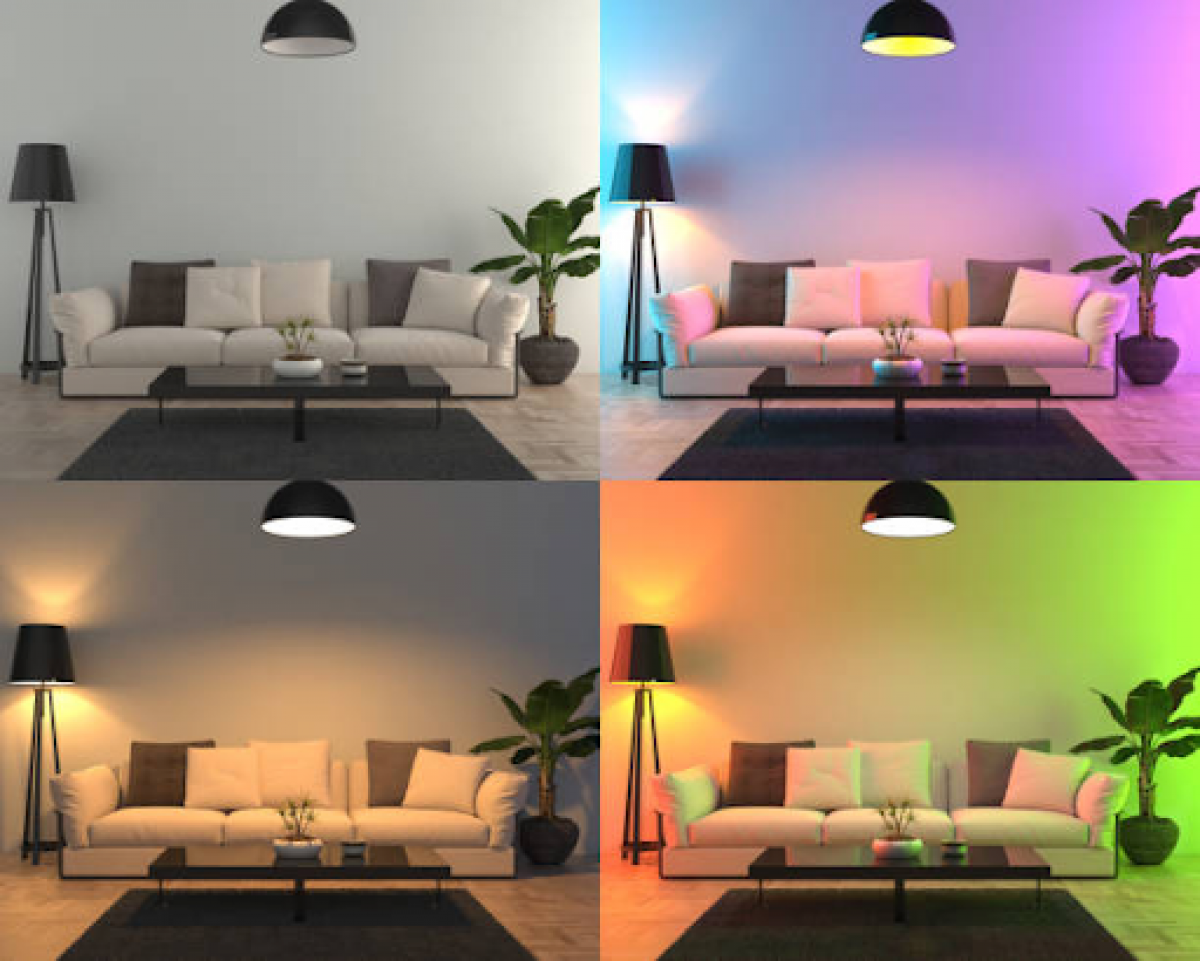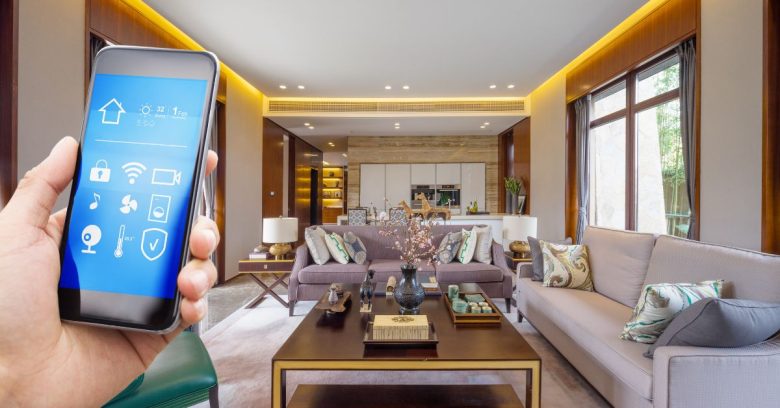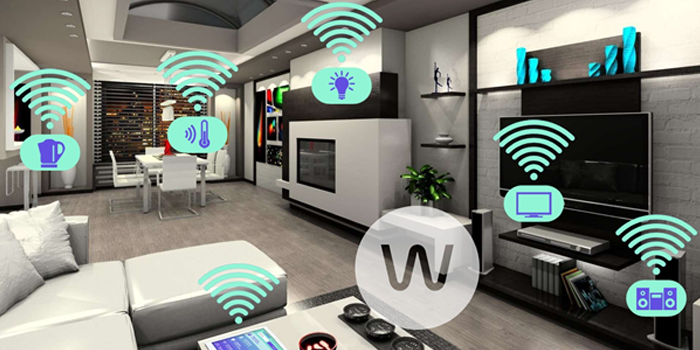
In an era where technology intertwines seamlessly with daily life, the emergence of smart home devices has revolutionized the very essence of home living. These innovative devices are not just tools; they represent a new paradigm in home management, connectivity, and comfort. Let’s explore how smart home devices are redefining homes through the concept of connected living.
Seamless Connectivity
Smart home devices serve as the architects of connectivity within homes. Through Wi-Fi networks and interconnected systems, devices like smart speakers, lighting systems, and security cameras communicate effortlessly, creating a networked environment that responds to the occupants’ needs.
Unified Control
Centralized control hubs or smartphone applications act as command centers for smart home devices. These interfaces provide users with a single point of access and control, allowing them to manage various devices and systems in their homes with ease and efficiency.
Intelligent Automation
Smart home devices excel in intelligent automation. They learn from user behavior and adapt settings accordingly. For instance, smart thermostats adjust temperatures based on occupancy, optimizing comfort while minimizing energy consumption.
Enhanced Security Measures
Smart home devices bolster home security. With features like real-time monitoring, motion detection, and remote access, they provide homeowners with heightened security and peace of mind, allowing them to monitor their homes from anywhere in the world.
Personalized Environments
Customization is a hallmark of smart home devices. From setting lighting moods to tailoring entertainment preferences, these devices create personalized environments that align with individual tastes and lifestyles.
Energy Efficiency and Sustainability
Smart home devices promote energy efficiency. They include features such as energy monitoring, automated power management, and eco-friendly settings, contributing to reduced energy consumption and a more sustainable living environment.
Remote Accessibility
The capability to control devices remotely is a key facet of smart home technology. Through smartphone apps, occupants can access and manage devices from afar, ensuring homes remain accessible and responsive even when occupants are away.
Conclusion: Redefining Home Living
Connected living through smart home devices marks a paradigm shift in the way we perceive and interact with our living spaces. These devices not only facilitate convenience but also create intelligent, adaptable, and responsive homes that cater to the needs and preferences of their inhabitants.
As innovation continues to drive the evolution of smart home technology, the potential for connected living to redefine homes is boundless, promising a future where homes are not just dwellings but dynamic, interactive ecosystems that adapt to the rhythms of our lives.






